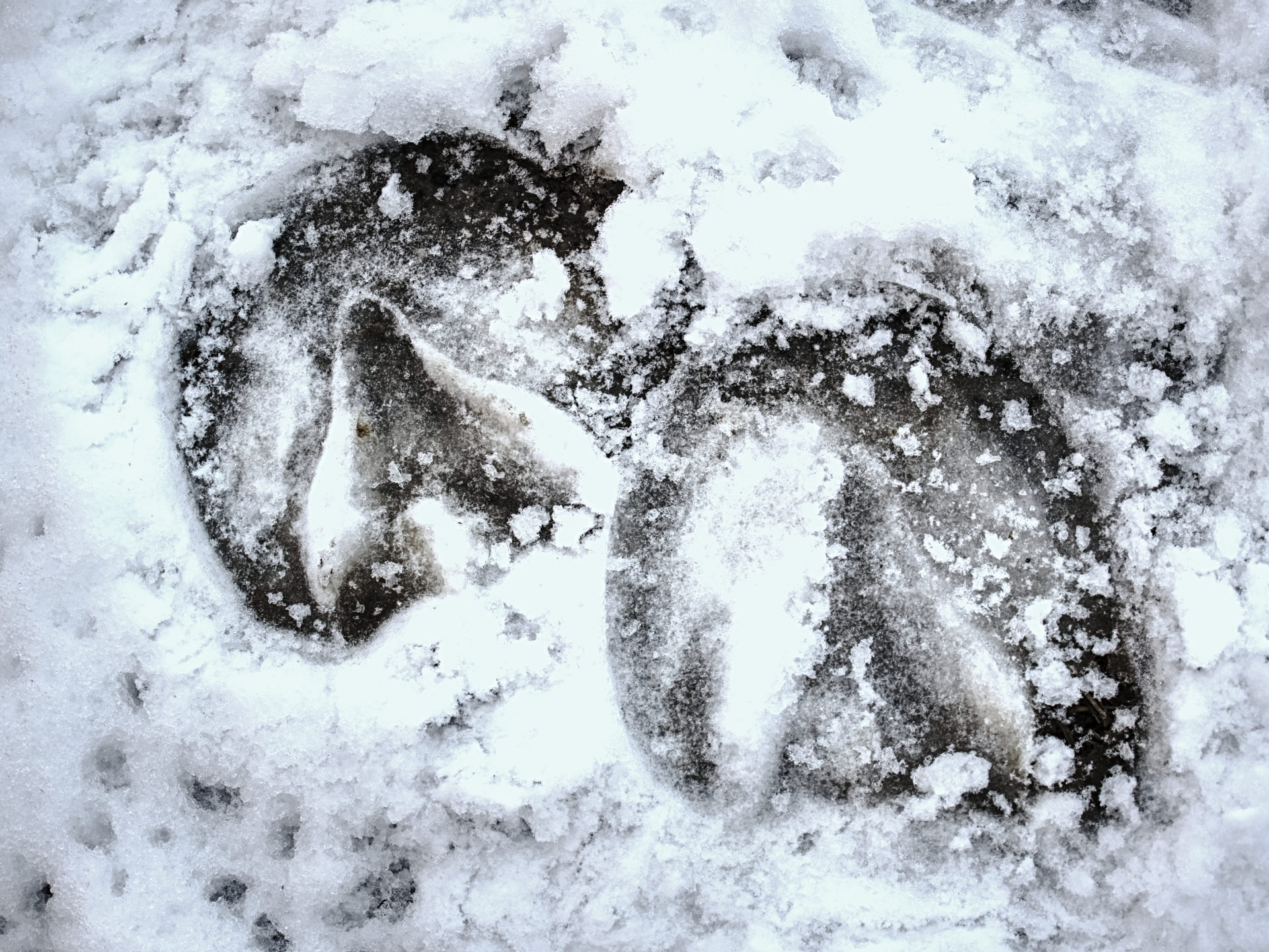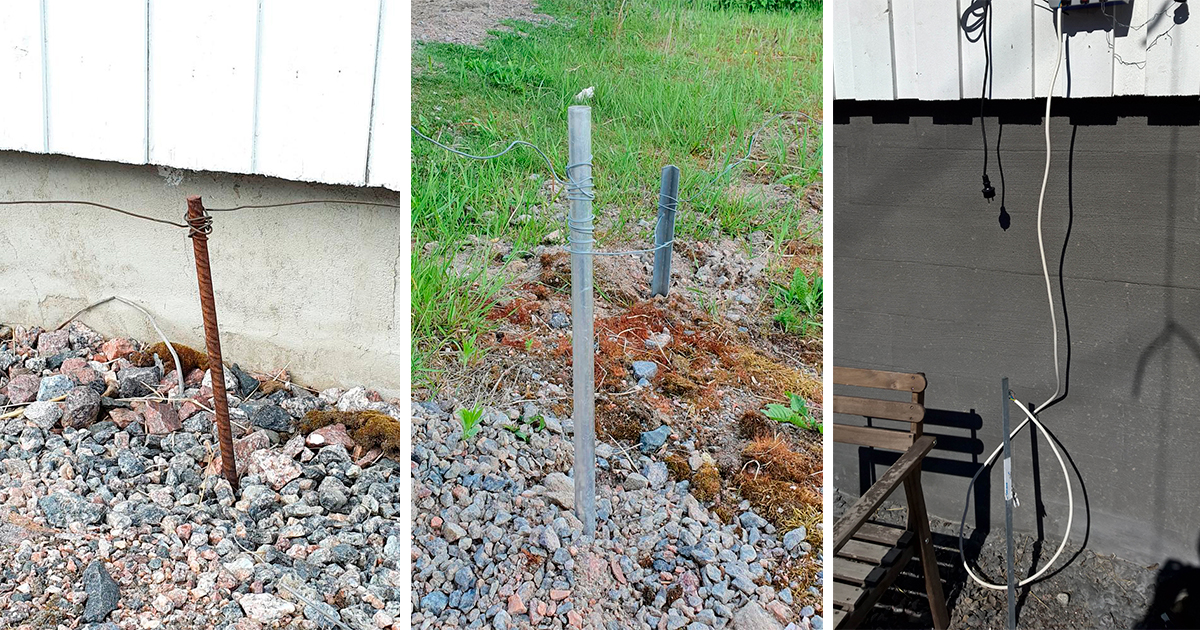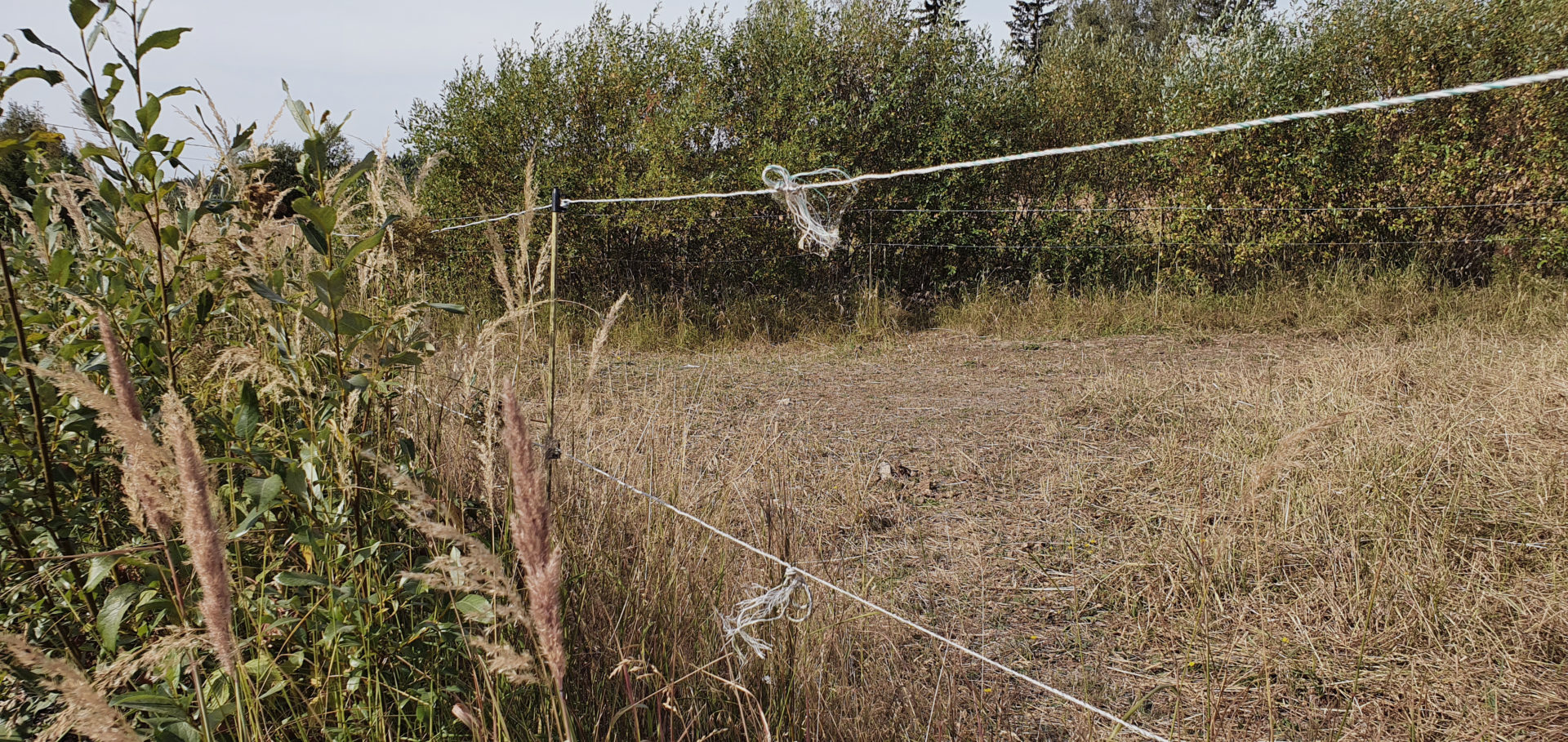Using winter fence tape for fencing – what a lovely way to solve all winter fencing problems! Or not.
Winter fence tape is a marvellous product, but it needs to be used in the right way. Building a fence using winter fence tape differs from normal fence building, even though it is not rocket science. You just need to know a few things.
TOP 3 winter fence tape blunders
Buy a winter fence tape and use it to build a fence – what could go wrong? Quite a lot...
- I electrified the winter fence tape by connecting it to the energiser’s shock terminal. Winter is here, shock is not.
- I definitely electrified the winter fence tape in the right way, both the shock voltage and the earth. Still doesn’t work.
- Oops, the fence works, but only with closed gate(s).
It is easy to cause problems by installing the winter fence tape in the wrong way. Anyone who has ever built a fence and failed to get it work knows how deep the frustration can be. However, no worries – you can build a functional fence. Even with winter fence tape.
How does an electric fence work?
Now is high time to really understand how an electric fence works. Your animal (or stablemate) will not be shocked by supplying electricity to the fence. Your animal (or stablemate) will be shocked by electricity flowing through it and back to the energiser. Normally, this happens through the soil.
For this reason, the much sought-after earthing is just as important as the flow of electricity: If electricity cannot get back to the energiser, that is, if there are no earthing rods in the soil to recover the electricity for the energiser, there will be no shock. Not even with the most powerful energiser of all times.
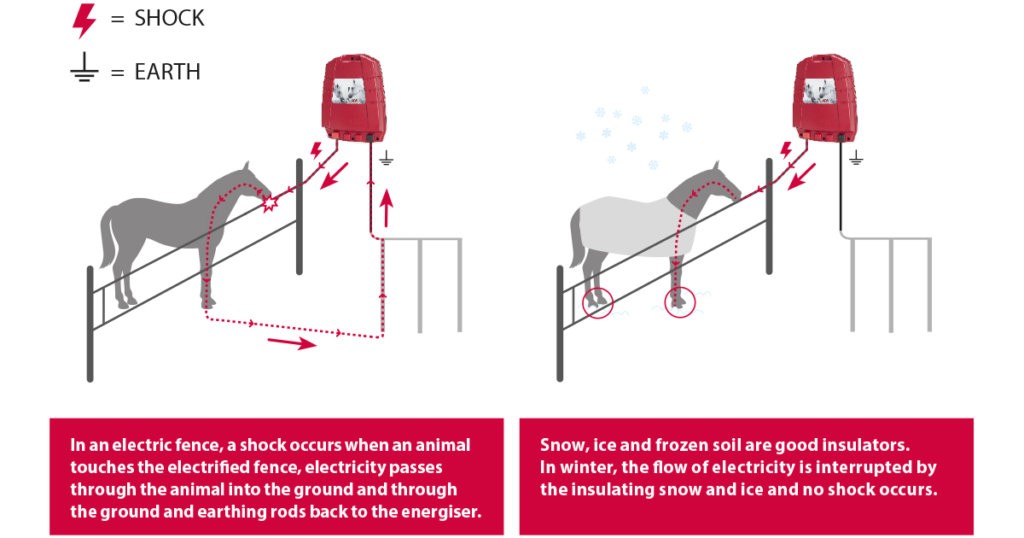
What is the problem with traditional electric fences in winter?
Next, you need to understand why the regular solution fails to work in winter. In short, because of snow, ice, and frozen ground. These act as rather efficient insulators, in other words, prevent the return of electricity to the energiser. No shock, nada.
And here is where the winter fence tape comes into play. The basic idea of the winter fence tape is not only to supply electricity from the energiser to the fence, but also to provide a return path back to the energiser – in the same tape.
Thus, there is no need for electricity to search for a return path to the energiser through the soil (which is off limits due to being covered in snow and ice). Instead, it can flow back to the energiser along the second freeway lane, so to say – in other words, along the earthing wire bundle contained in the same tape. Therefore, in case of winter fence tape, to receive a shock, both lanes of the winter fence tape freeway must be touched at the same time.
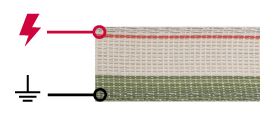
And this brings us to the most common problems.
Building fences with winter fence tape – problems and solutions
1. I electrified the winter fence tape by connecting it to the energiser’s shock terminal. Winter is here, shock is not.
Of course not. See, you created a one-way road. The return lane is closed for traffic. Which is the whole point of the winter fence tape.
Of course, electricity will flow through the winter fence tape like through any regular fence tape and the shock will even be there if the ground is not frozen (provided you earthed the energiser using an earthing rod and the electricity can flow back to the energiser through the soil). However, with this connection pattern, there will be no shock in winter conditions with insulating snow or ice layer.
This is how you fix the problem:
The winter fence tape must be electrified by connecting the wire bundle marked with red colour running in the white part of the winter fence tape to the shock terminal of the energiser designated by the lightning symbol and the wire bundle running in the green part of the tape to the energiser’s black earthing terminal. This provides the necessary return path for electricity to the energiser even when insulating snow, ice or frozen ground (or parched or rocky ground in summer) prevents return through the soil.
Tip! The easiest way for winter fence tape electrification is by using the fence connector cable intended specifically for winter fence tape and included in the Olli accessory set for winter fence tape, in which the winter fence tape’s two separate wire bundles have been considered. If your fence includes several strands made of winter fence tape, connect them to each other using the winter fence tape connector cable. The accessory set for winter fence tape also includes two connector cables designed for winter fence tape.
If you only use metal connectors, you are welcome to do this, but then you need two of them. One to connect the green edges and the other to connect the white edges of the fence tape. Works just fine technically, but can visually be a little disturbing.
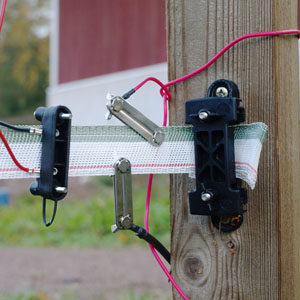
2. I definitely electrified the winter fence tape in the right way, both the shock voltage and the earth. Still doesn’t work.
Perhaps there is a metal connector somewhere that short circuits the fence, that is, interconnects the winter fence tape’s shock voltage and earthing wire bundles? This happens rather often.
The connectors for regular fence tapes and the connectors at tape gate insulators are made of metal, and for a good reason: With regular fence tapes, the objective is to make sure electricity will definitely flow through the joint. However, this will not work with winter fence tape – the connector will cause a short circuit by linking the tape’s shock voltage wire bundle marked in red and the earthing wire bundle marked in green.
Problem No. 1: Short circuits caused by metal connectors used at extensions
Use a plastic Duo insulator for winter fence tape extension and position the tape carefully so that the shock voltage wires are aligned with each other (and the earthing wires with each other). Makes no difference whether the green or white side is on top, as long as you extend the tape so that sides of the same colour meet. The important thing here is to make sure the wire bundle marked with red cannot make contact with the wire bundle marked in green under any circumstances.
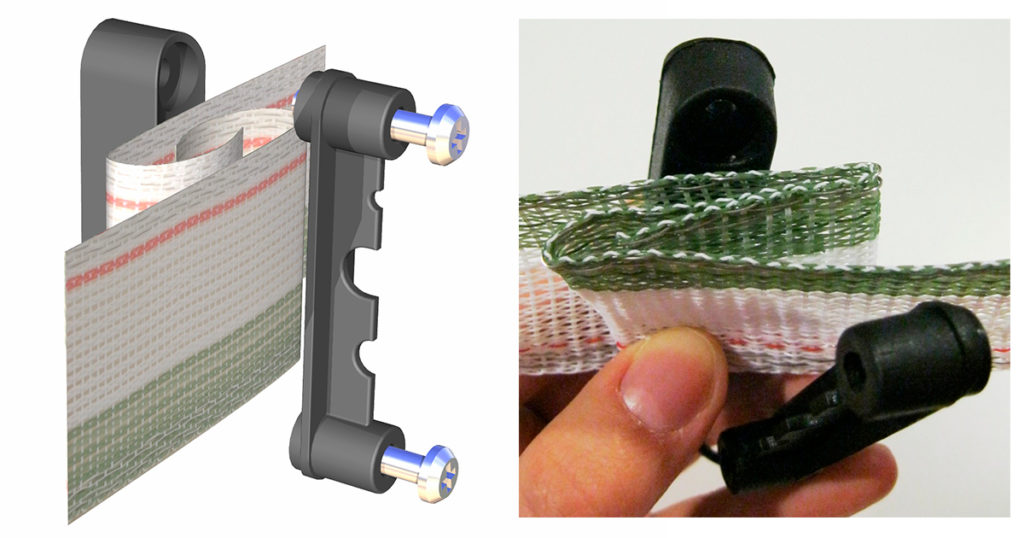
Problem No. 2: Short circuits caused by metal connectors used at gates
At gate locations, cut and remove metal conductors in the green part of the winter fence tape to the extent of approx. 3cm before any metal connectors, so that the connector cannot short circuit the winter fence tape’s shock voltage and earthing wire bundles. If this happens, the fence will not work. Note! Do not cut the plastic tape! Otherwise, the tape’s durability will suffer.
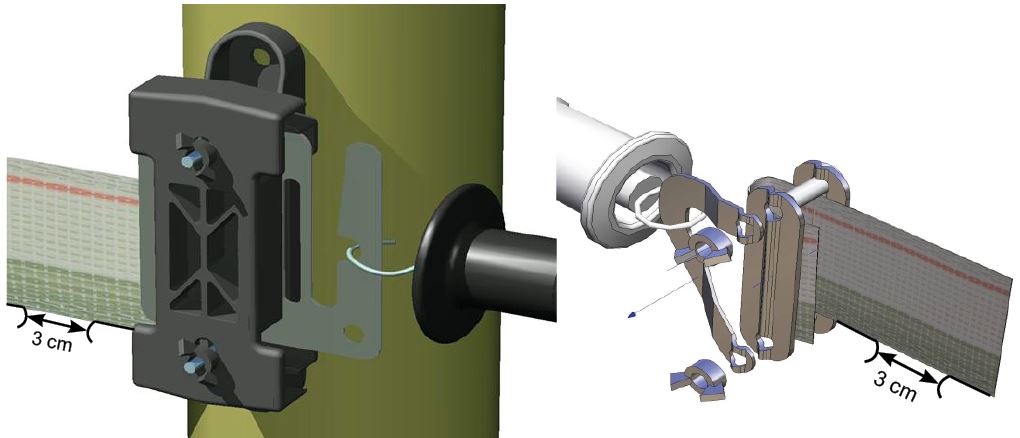
Important! If an earthing wire following a gate has no connection to the energiser’s earthing terminal, also take care of the continuity of the earthing route by making a passage underneath the gate using Olli high voltage cable. See Section 3.
3. The fence works, but only with closed gates.
Yeah. Electricity must have skipped the long jump classes at school, since it cannot jump over a gate, for instance. You need to arrange a path for it. And now, pay attention: You also need to arrange for it the return path to the energiser!
When you cut the earthing wires in the green part of the winter fence tape to the extent of approx. 3cm at the gate location as per instructions, did you check whether there was an uninterrupted return path for the electricity back to the energiser’s earthing terminal also from the other side of the gate? If not, such must be arranged. Otherwise, the fence will not work. This means making a passage under the gate, so get ready for some digging!
For the passage, high voltage cables must be dug into the ground under the gate (using a shovel or an excavator), one for shock and the other for return. Along these cables, electricity can flow in both directions, regardless of whether the gate is open or closed. Note! The cable must be buried deep enough to prevent damages caused by animals trampling on it even if the soil has softened due to heavy or prolonged rainfall.
“High voltage cable” may sound expensive and difficult to obtain, but no worries: Olli high voltage cables will not cost you an arm and a leg and can be obtained from the same places as energisers and fencing accessories.
P.S. For instructions on how to build a functional winter fence using both the winter fence tape and two-wire technology, study the Olli Winter Fencing Guide.
